9 Greatest Wine Regions in France
Bordeaux, Burgundy, Champagne… Beyond wine labels, these names are gateways to France’s most iconic wine regions. Each one tells a story of terroir, tradition, and craftsmanship.
Understanding these regions is essential to choosing the right bottle for the right occasion – a bold red, a crisp white, or a bottle of fine bubbles.
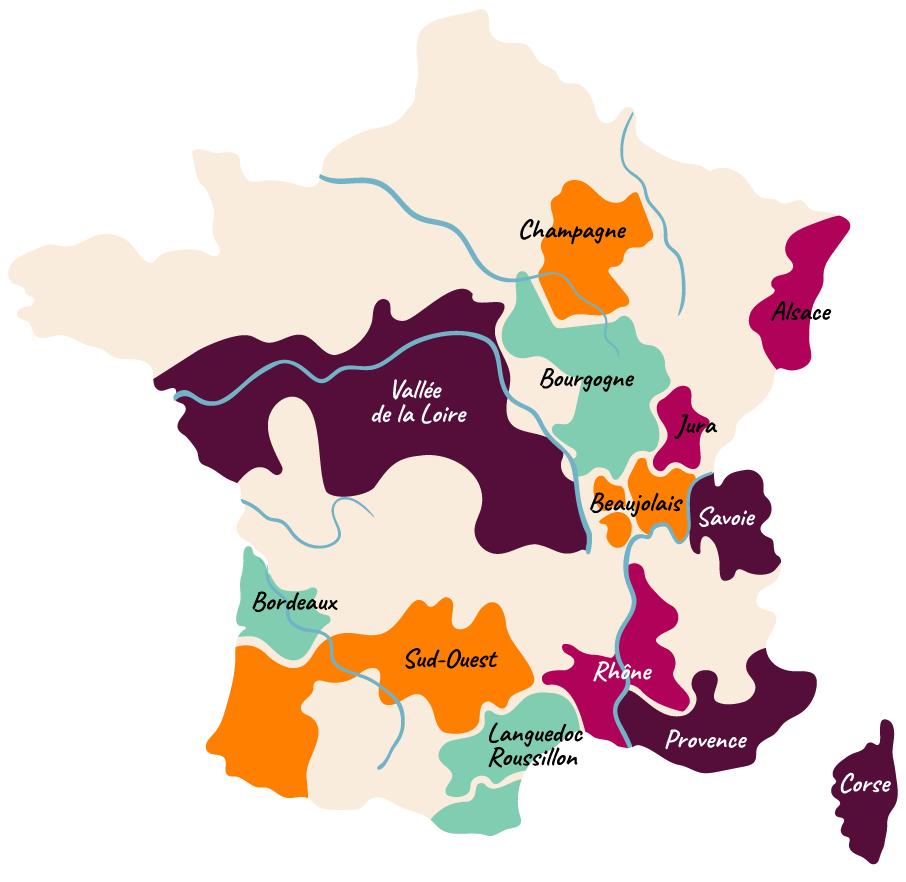
Here’s a quick guide to help you get started in the world of French wine.
1. Bordeaux
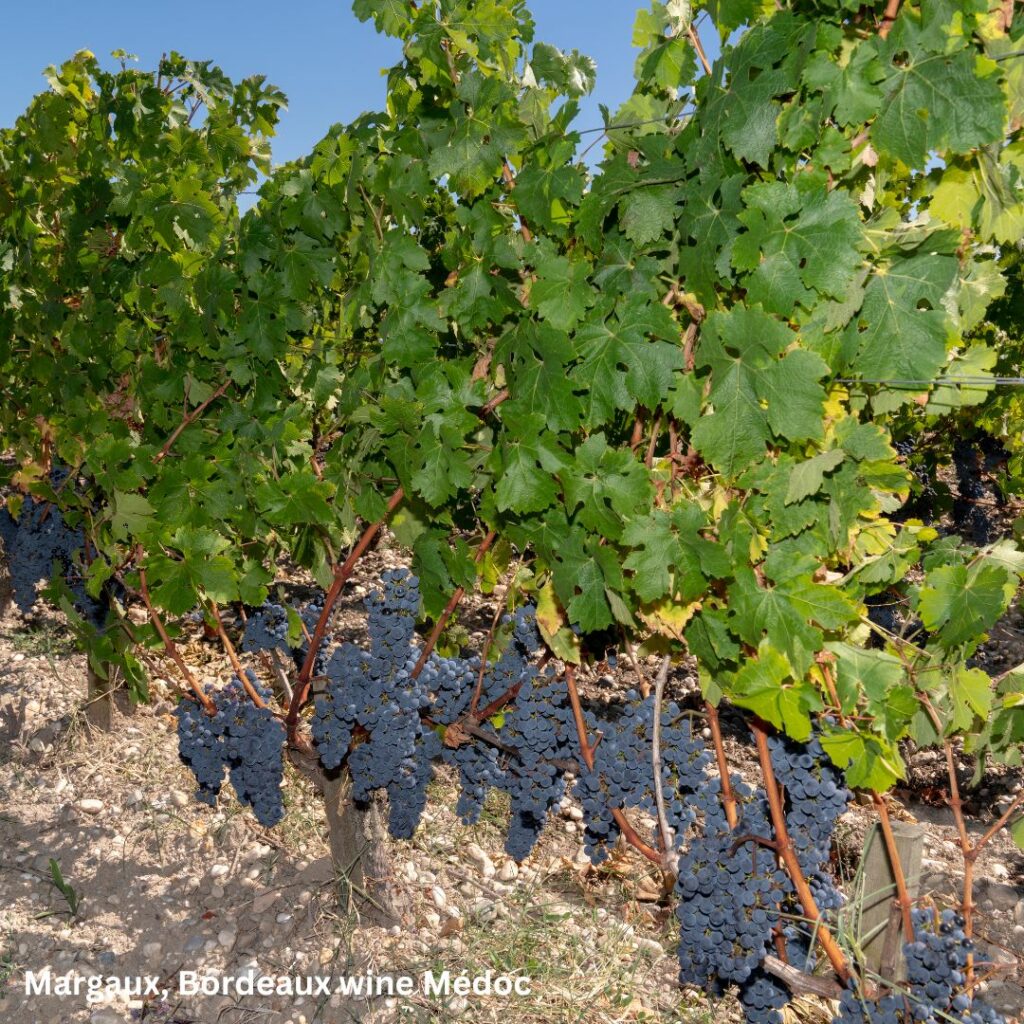
Bordeaux, in southwestern France, is one of the world’s top wine regions, famous for its red blends made primarily from Cabernet Sauvignon, Merlot, and Cabernet Franc.
It’s divided into the Left Bank (known for Cabernet-based wines like Médoc) and the Right Bank (Merlot-focused, like Saint-Émilion).
The region’s diverse soils and mild climate create wines with complexity and aging potential.
Bordeaux also produces world-renowned wines like Château Margaux, as well as exceptional white and sweet wines like Sauternes.
2. Bourgogne
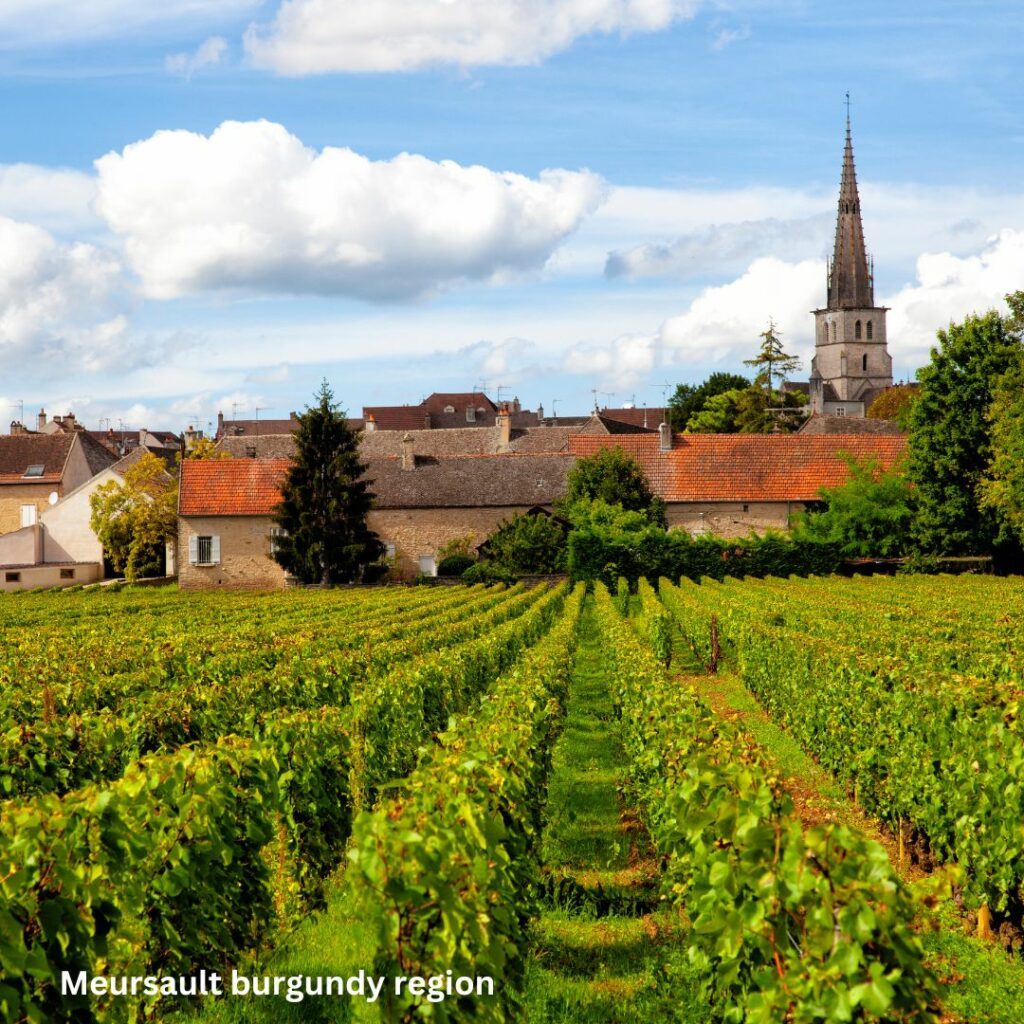
Bourgogne (Burgundy) is known for producing some of the finest Pinot Noir (reds) and Chardonnay (whites) in France.
The region’s vineyards are divided into key areas like Côte de Nuits and Côte de Beaune.
Burgundy wines are highly valued for their purity of flavor and are made in small quantities, often from single vineyards.
Some of the most famous producers in the world are based here, including Domaine de la Romanée-Conti.
3. Champagne
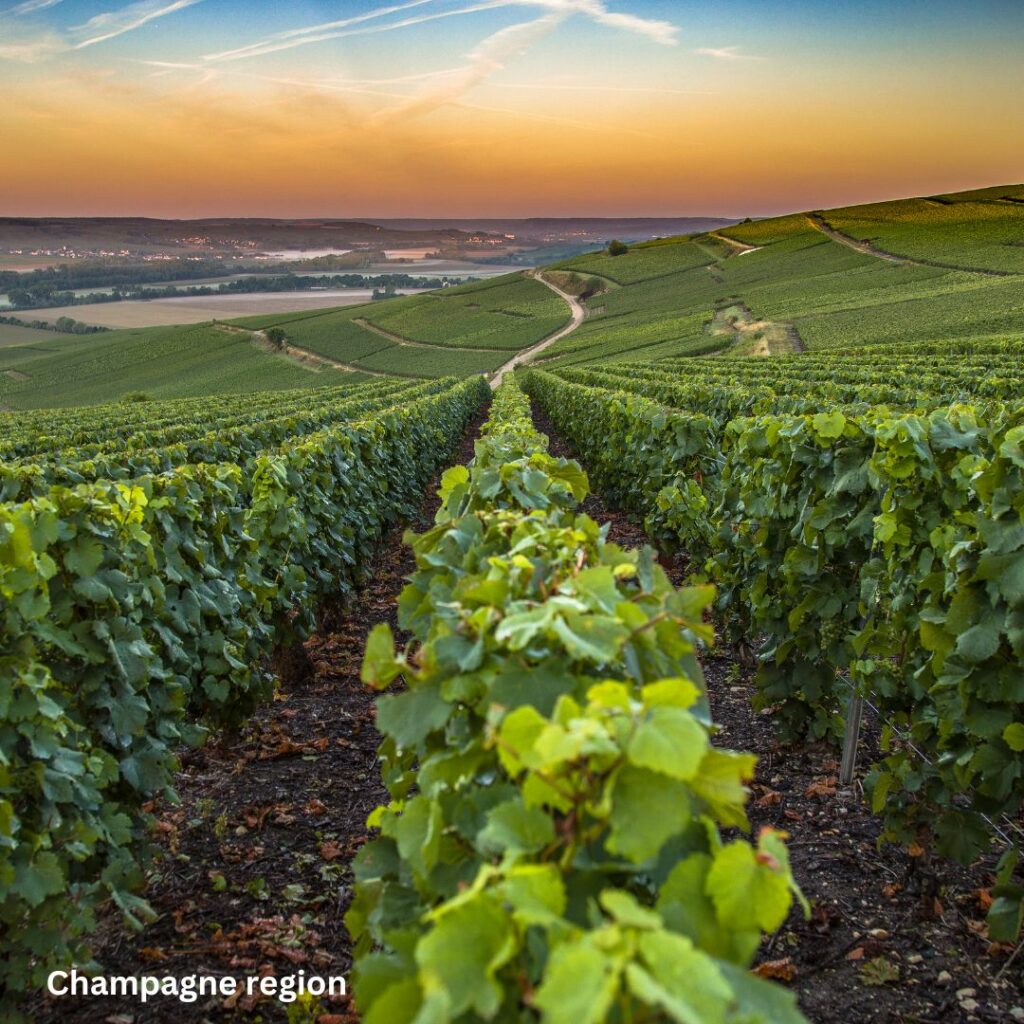
Champagne, located in northeastern France, is the birthplace of the world’s most famous sparkling wine. It’s made mainly from Chardonnay, Pinot Noir, and Pinot Meunier grapes.
Champagne’s cool climate helps create its signature bubbles and crisp acidity. Only sparkling wines produced in this region can legally be called Champagne.
Iconic houses like Moët & Chandon and Veuve Clicquot make some of the most luxurious bottles.
4. Loire Valley
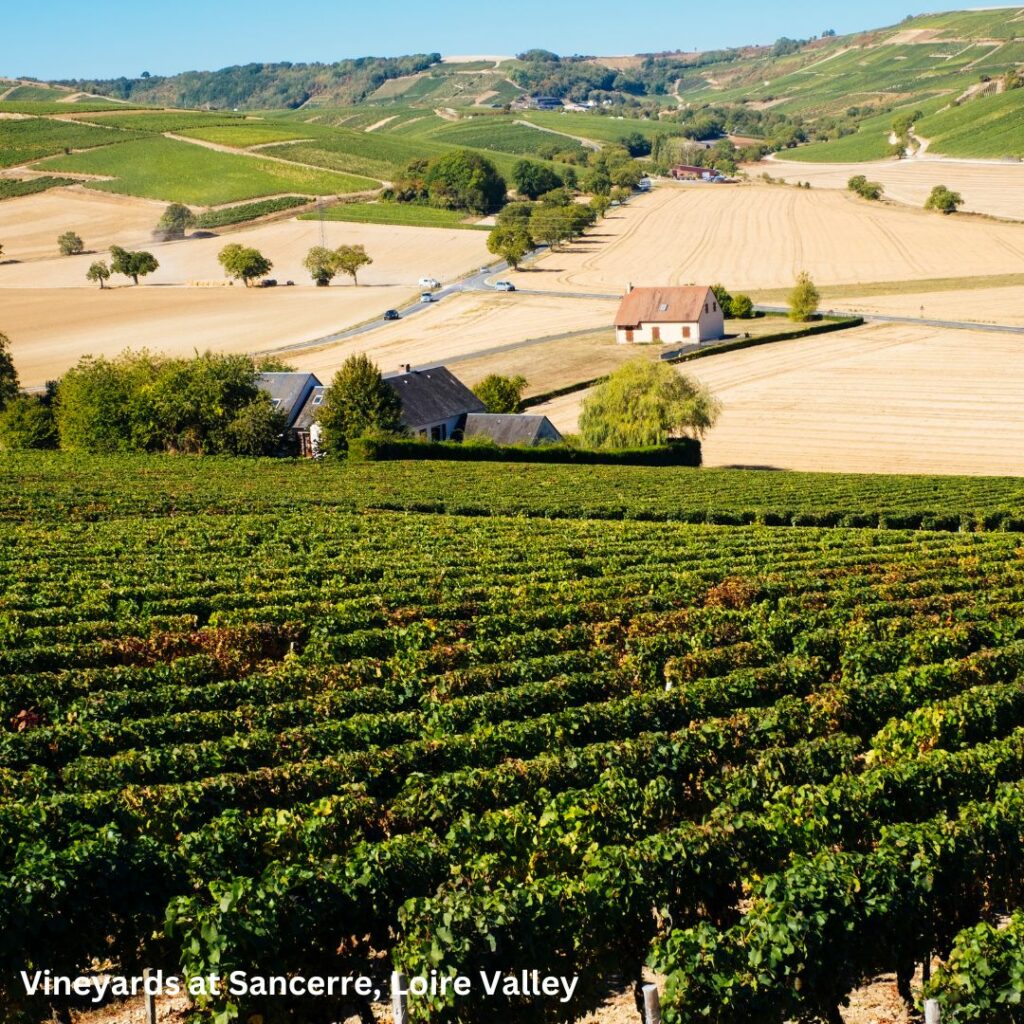
The long stretch of vineyards along the Loire River contributes to a wide range of wine styles. The Loire’s cooler climate results in fresh, high-acid wines.
The Loire Valley has a diverse wine production including crisp whites like Sauvignon Blanc from Sancerre and Pouilly-Fumé, and Chenin Blanc from Vouvray.
Red wines are also produced, mainly from Cabernet Franc in areas like Chinon. Sparkling wines from Saumur are also popular.
5. Rhône Valley
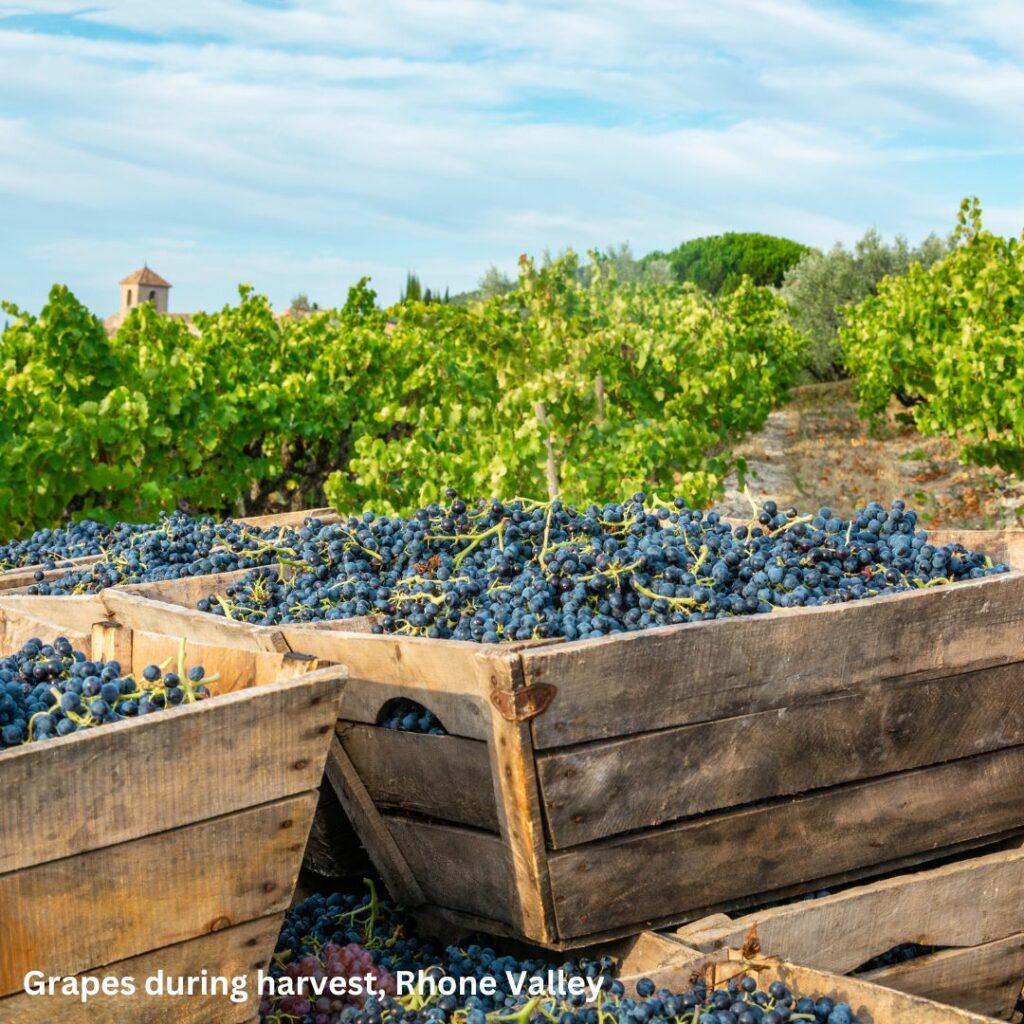
The Rhône Valley is divided into the Northern and Southern Rhône. In the north, Syrah is the dominant grape, producing powerful red wines like those from Hermitage and Côte-Rôtie.
The Southern Rhône is famous for Grenache-based blends, particularly from Châteauneuf-du-Pape. The region also produces white wines from Viognier, Marsanne, and Roussanne.
Rhône wines are reputed for their bold flavors and complexity.
6. Alsace
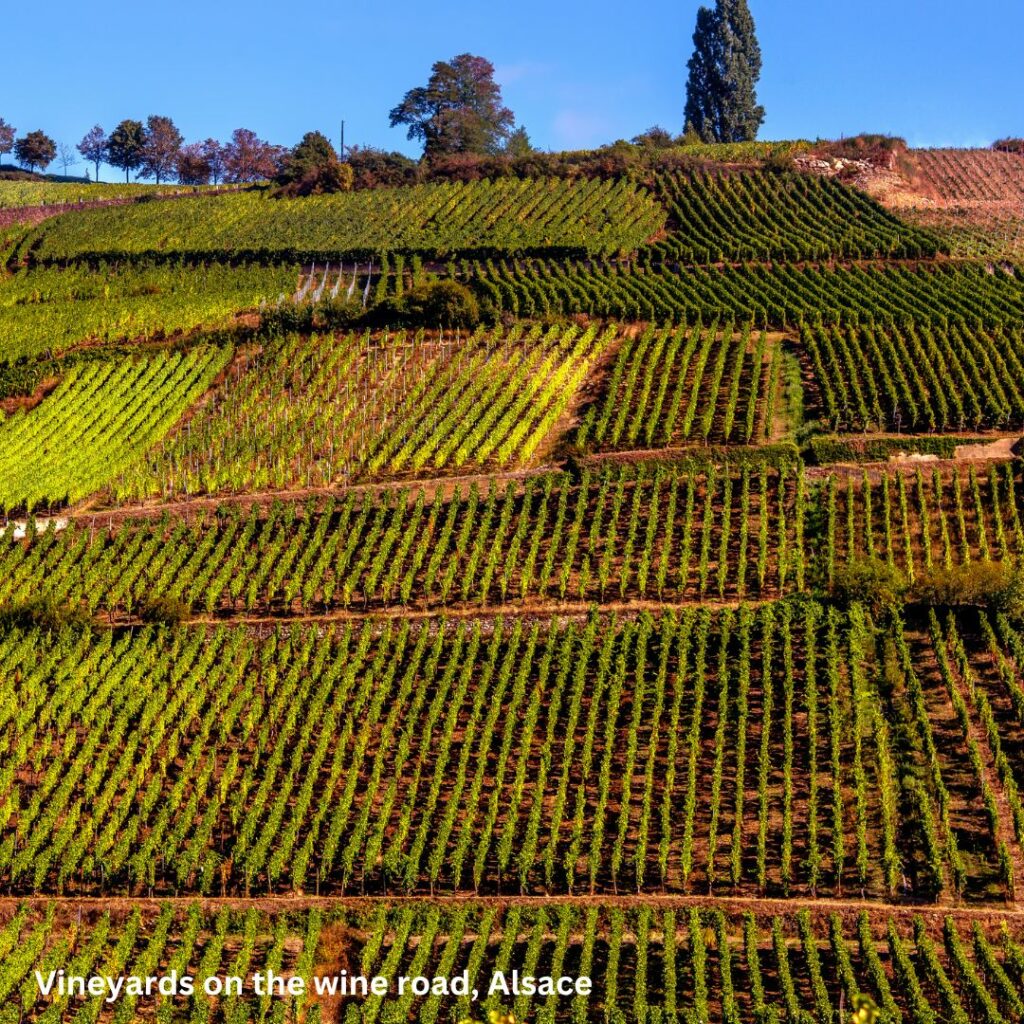
Alsace is in northeastern France, near the German border. It’s best known for its aromatic white wines. The key grapes grown here are Riesling, Gewürztraminer, and Pinot Gris.
The region’s dry climate and varied soils contribute to the production of crisp, mineral-driven wines.
Alsace wines are typically dry, though some can be sweeter, especially late-harvest varieties.
The region stands out for its focus on single-variety wines, often labeled by grape (a bottle might be labeled simply as “Riesling” or “Gewürztraminer”), unlike most French wine regions.
7. Provence
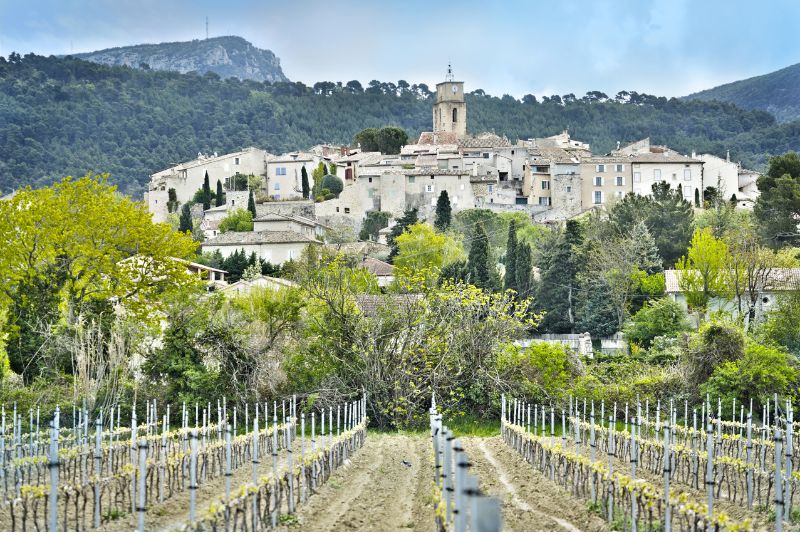
The Provence region in southeastern France is most famous for its rosé wines. These are light, crisp, and often pale in color, made primarily from Grenache, Syrah, and Cinsault.
While rosé dominates, the region also produces red and white wines.
The Mediterranean climate with its warm summers and mild winters is ideal for growing grapes.
Provence wines are often associated with summer and outdoor dining.
8. Languedoc-Roussillon
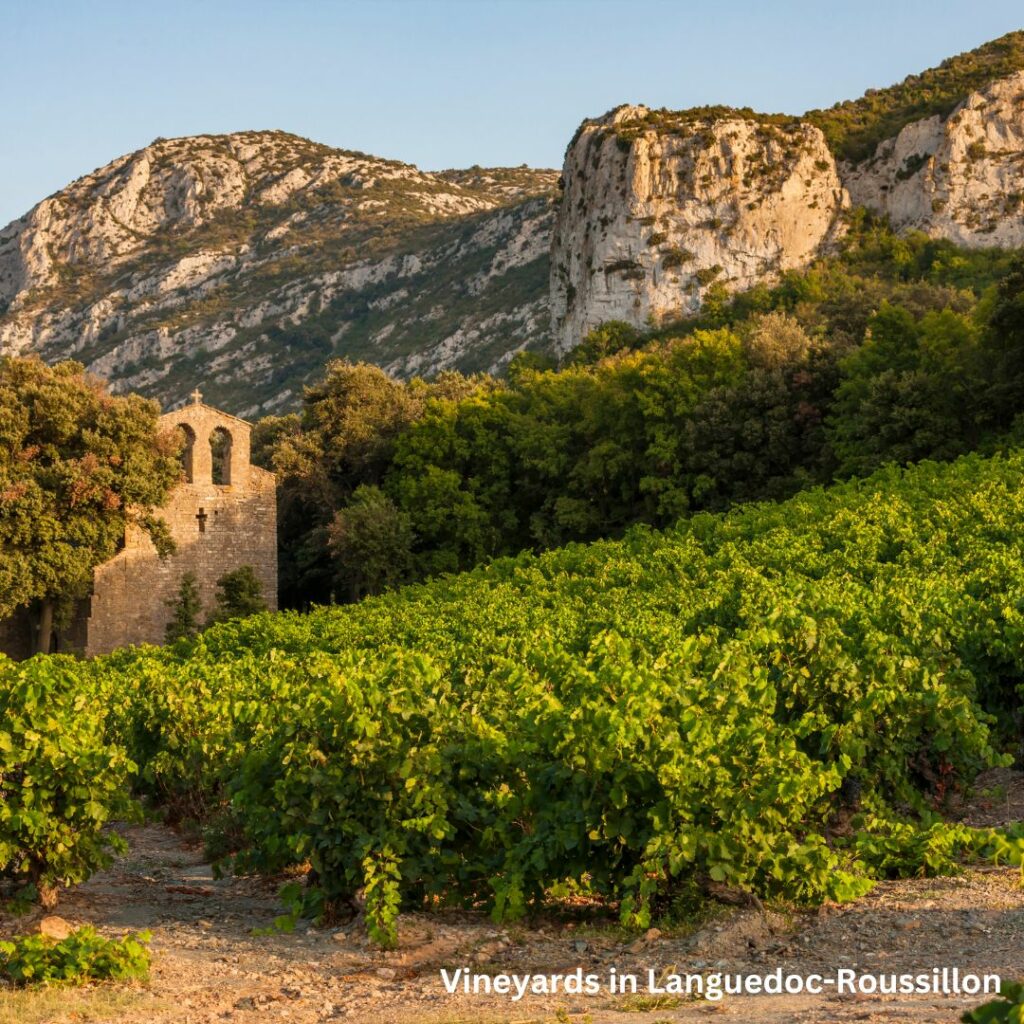
Languedoc-Roussillon is one of France’s largest wine regions. It produces a large variety of wines, from everyday reds to high-quality bottles.
The region is particularly known for robust red blends using Grenache, Syrah, and Mourvèdre grapes. It’s also famous for the Crémant de Limoux sparkling wine.
Due to its diverse microclimates and mix of coastal and mountainous areas, Languedoc offers wines that range from bold and earthy to fresh and vibrant.
These wines have more accessible prices compared to other regions.
9. Beaujolais
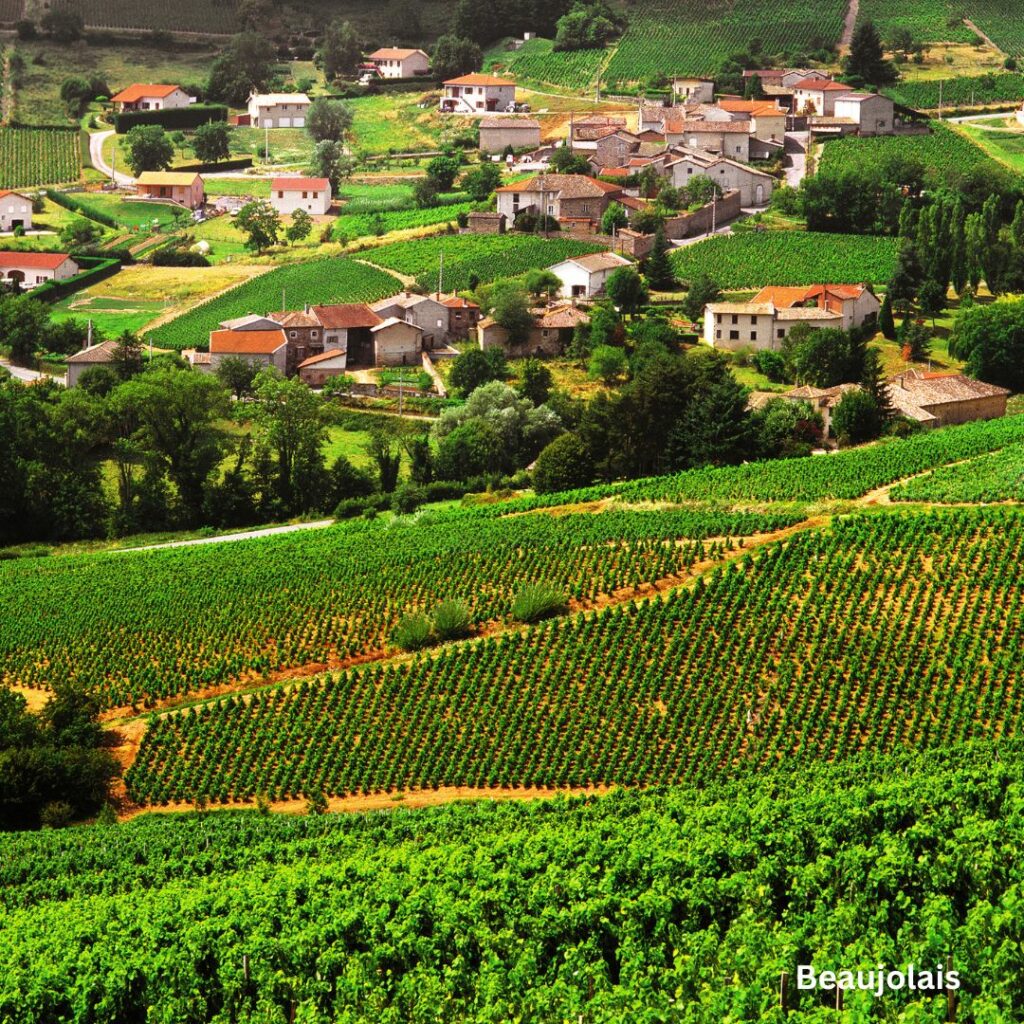
Beaujolais, just south of Burgundy, is famous for its light, fruity red wines made from the Gamay grape.
These wines are typically low in tannins and meant to be enjoyed young. The most well-known is Beaujolais Nouveau, a fresh, easy-drinking wine released annually in November.
The region also produces more structured wines from its 10 cru villages – Brouilly, Chénas, Chiroubles, Côte de Brouilly, Fleurie, Juliénas, Morgon, Moulin-à-Vent, Régnié, Saint-Amour.
These wines are made from the Gamay grape and are more complex than the lighter Beaujolais Nouveau.
